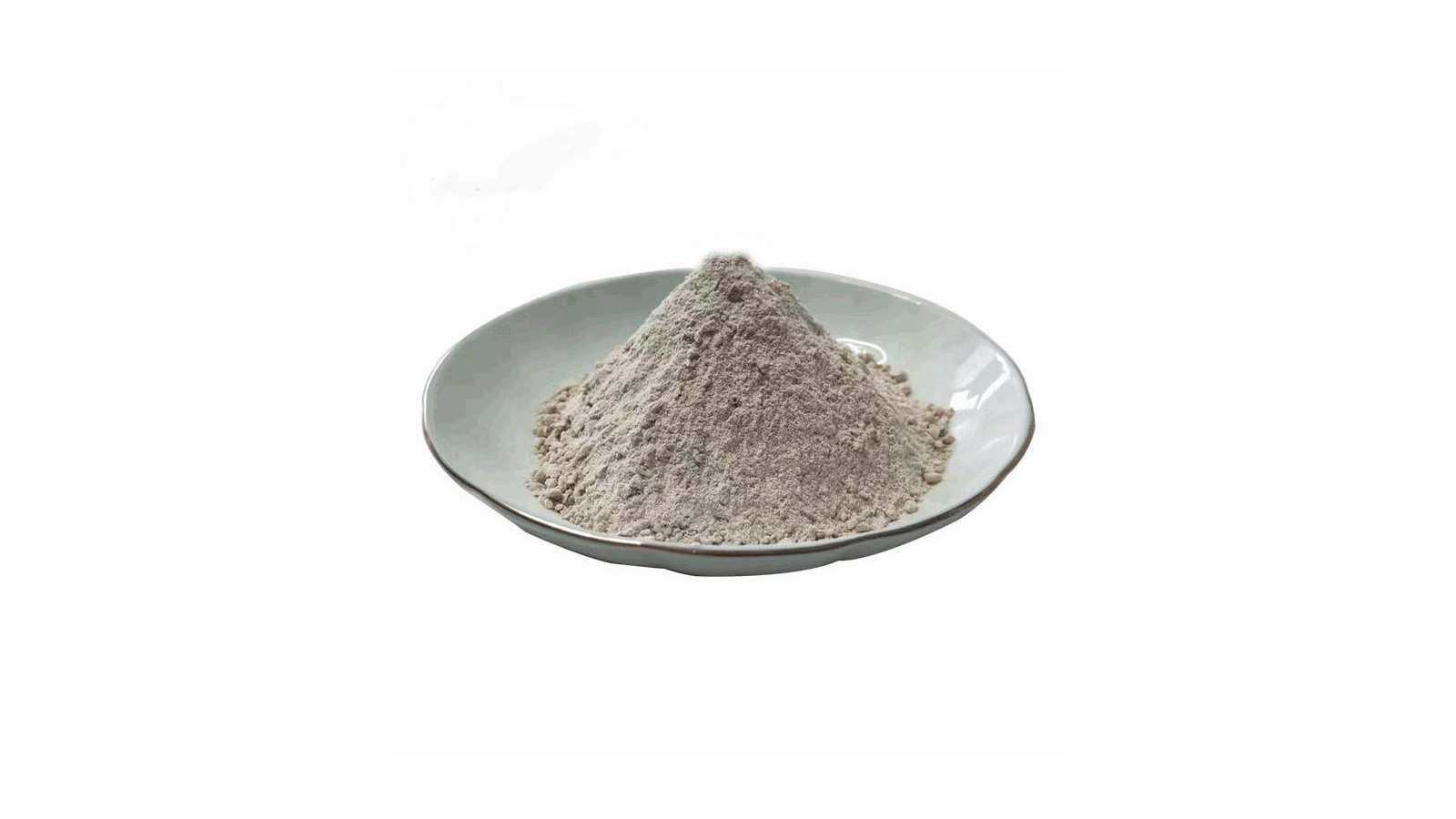Carbon-free intermediate vessel dry material
2025-07-15
High purity and low inclusions are an important direction for the development of steel worldwide. Clean steel requires that elements such as C and O are controlled at low levels. The tundish, as the last important process affecting steel quality, and the carbon element in dry materials using phenolic resin and polyhydroxy sugars as a binding system, is crucial to the influence on molten steel. In addition, due to the release of irritating volatile substances during the baking and hardening process of phenolic resin powder, it seriously pollutes the environment.
Henan Zhonggong New Materials Co., Ltd. has conducted research on environmentally friendly, carbon-free dry materials in recent years. Using inorganic salts as the binder for carbon-free dry materials, a series of experiments were conducted to address the problems encountered during use, in order to overcome the limitations of the large-scale application of inorganic salt-bonded dry materials. While ensuring the performance of the dry materials, the company aims to overcome the drawbacks of existing technologies that use phenolic resin as a binder, which produces harmful gases that pollute the environment and are not conducive to clean steel and environmental protection requirements.

Henan Zhonggong New Materials Co., Ltd. uses sintered magnesia and olivine as the main raw materials, with a certain proportion of materials and the addition of inorganic salt additives, to produce a new type of environmentally friendly, carbon-free tundish dry material. Experimental results show that the new type of environmentally friendly, carbon-free tundish dry material is highly pressure-resistant, resistant to thermal expansion, and has excellent slag resistance.
The results of the practical application are as follows:
A certain steel plant's double-flow slab tundish has a capacity of 60t, and the steel grade is ultra-low carbon steel. The usage effects are as follows: 1) No irritating harmful gases were produced throughout the baking and use process, meeting environmental protection requirements; 2) After the tundish was poured, no steel drilling, drum separation, or material collapse occurred in the working layer. The slag line was eroded by 10-20mm, and the tundish was successfully turned over; 3) The carbon increase in the continuous casting tundish stage ≤5x10-6, and the slab carbon content <30x10-6, which can meet the steel plant's requirements for pouring ultra-low carbon steel.
Next Page:
Real-time Information
■
—
2025-07-25



